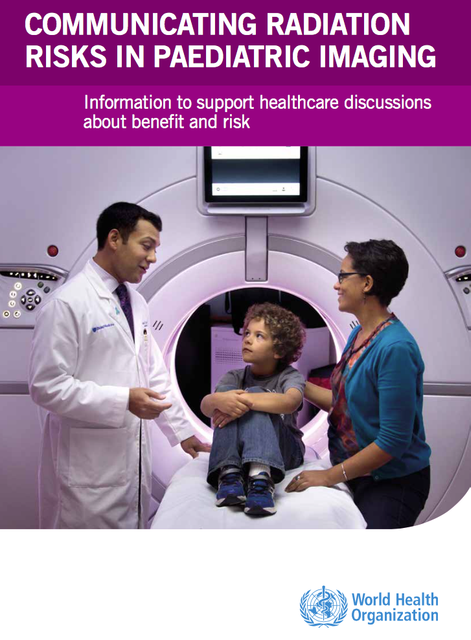
Worldwide, an estimated 3.6 billion diagnostic medical examinations, such as X-rays, are performed every year. This number continues to grow as more people access medical care. About 350 million of these are performed on children under 15 years of age.
Using radiation in medical imaging can save lives and prevent the need for more invasive procedures, but inappropriate use may lead to unnecessary and unintended radiation doses for patients. Because children are smaller and have a longer lifespan than adults their risk of developing radiation-induced effects is greater.
“If patients and families are not properly informed about the risks and benefits of an imaging procedure, they may make choices that are more harmful rather than beneficial to their health, such as refusing a CT that is needed or demanding a CT that is not justified,” says Dr Maria del Rosario Perez, a scientist with WHO’s Department of Public Health.
To improve safety WHO launched a Global Initiative on Radiation Safety in Health Care Settings in 2008 with the aim to mobilize the health sector towards safe and effective use of radiation in medicine. One key priority is to improve the communication of radiation risk in paediatric imaging to ensure an effective and balanced benefit-risk dialogue between health care providers, families and patients.
A new WHO publication, “Communicating radiation risks in paediatric imaging: Information to support health care discussions about benefit and risk”, aims to help health-care providers communicate known or potential radiation risks associated with paediatric imaging procedures. The document provides several approaches to help medical professionals answer questions, like “How much radiation will my child receive?” and “How much medical radiation is too much?”